Off-the-Beaten Path Allure at Duende
A silo mentality in defined by closed-off thinking.
So maybe it’s a bit ironic that a place signified by its encircling, towering silos now plays host to Duende, one of Buffalo’s most eclectic and unexpectedly multifaceted music venues.
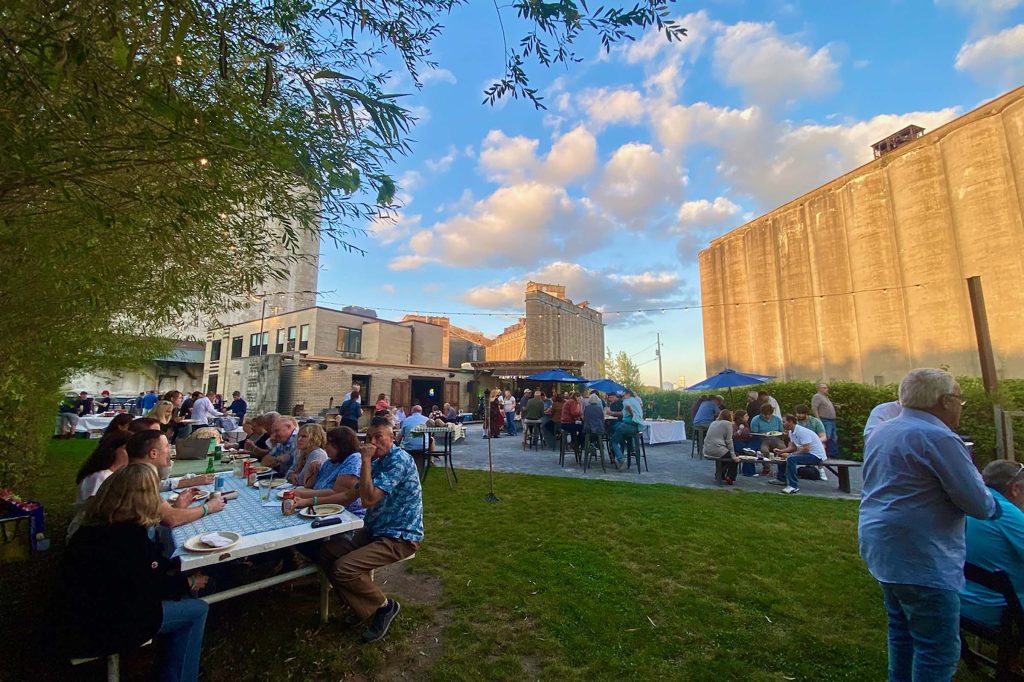
Established in 2018, the part-city tavern/part-Rust Belt oasis is nestled down a gravel road off the Buffalo River, and in the shadows of behemoths that used to store a significant helping of America’s grain. But when it first opened, the locale’s main building was meant to be nothing more than a useful piece of property at the center of the industrial labyrinth dubbed Silo City, consisting of the most concentrated collection of concrete silos in the world, and an expanse that’s played host to a number of inventive art and music festivals since opening to the public in 2012.
“Initially, Silo City didn’t have any water or place to use the restroom, so the Duende space was intended to be a hub of the campus,” says Rick Smith, owner of Duende and de-facto mayor of this 27-acre riverfront parcel. “But after hosting live music festivals and other music events, we wanted to have a place where we could host performances year-round, like a music bar.”
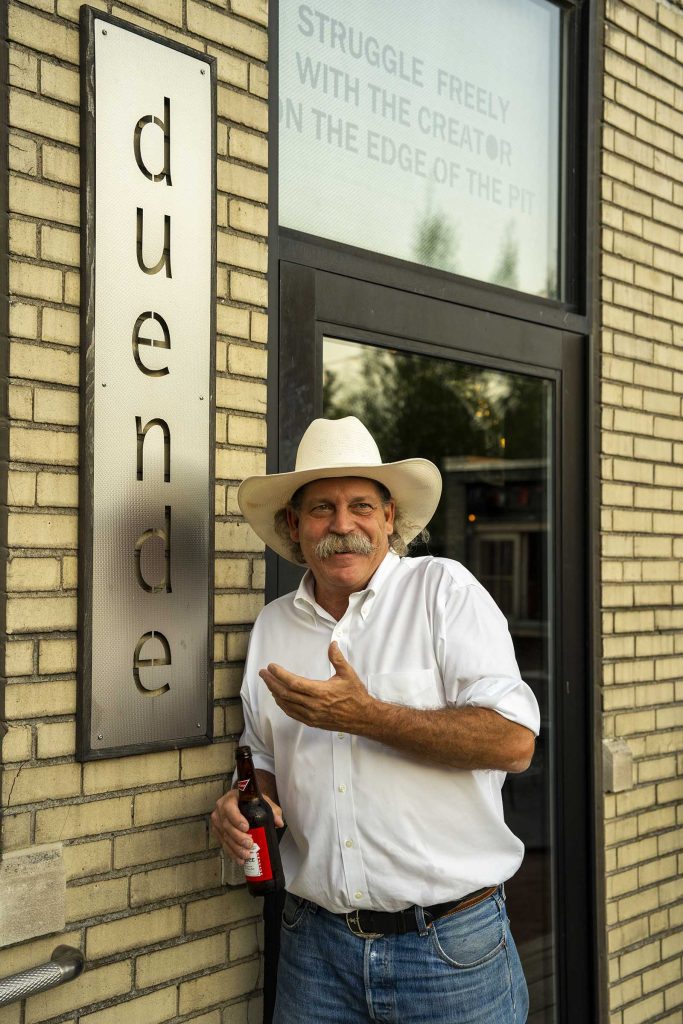
Initially, music was planned for just the main bar. But after opening its outdoor cantina — a ramshackle, minimalistic outdoor bar seemingly built with materials left at the site from the Erie Canal era — music was moved out there, too. Once the popularity of the space grew, its original sidewall was moved back five feet to accommodate musicians, but it kept the intimacy and warm sound cantina customers had grown to enjoy.
When the COVID-19 pandemic shuttered operations, the Duende team used the off time to add another component to its live performance capabilities.
“During [the early days of] COVID, we weren’t doing anything, so we decided to build the outdoor stage in the summer of 2020,” says Smith. “We already had a portable stage to supplement the [Buffalo Niagara] Blues Festival and shows we’d had outside before, but we wanted something that was fully operational for outdoor shows. That created our outdoor venue.”
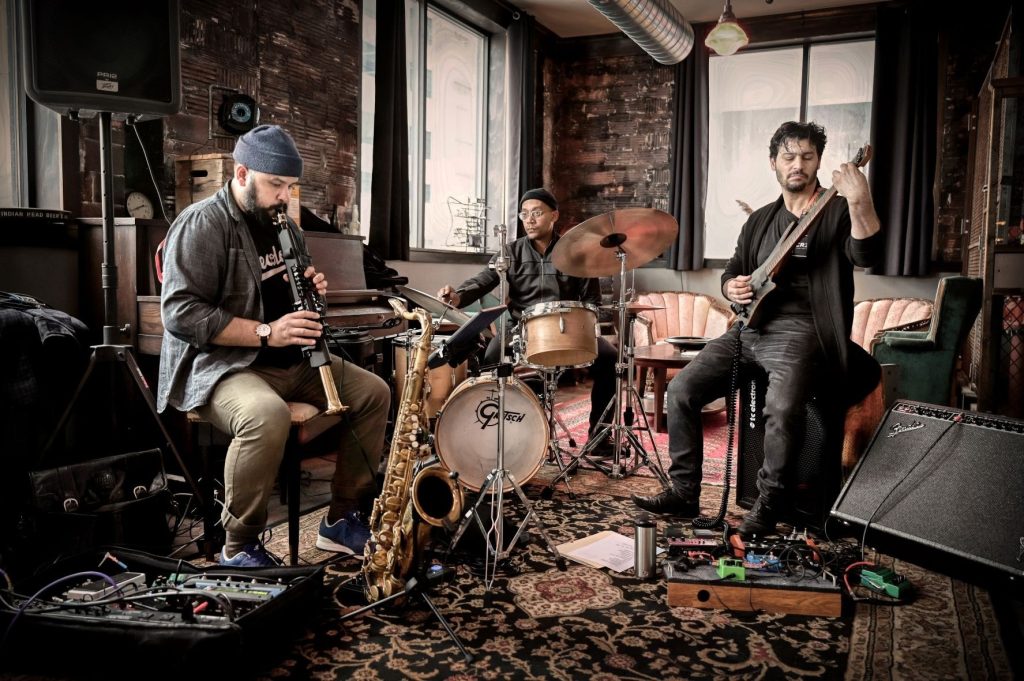
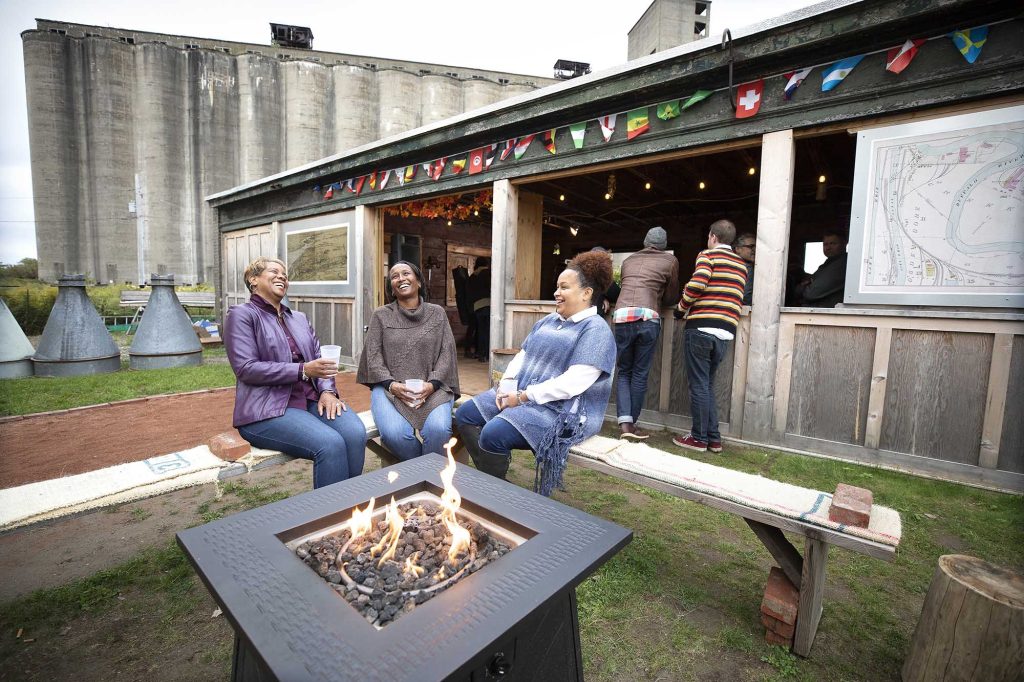
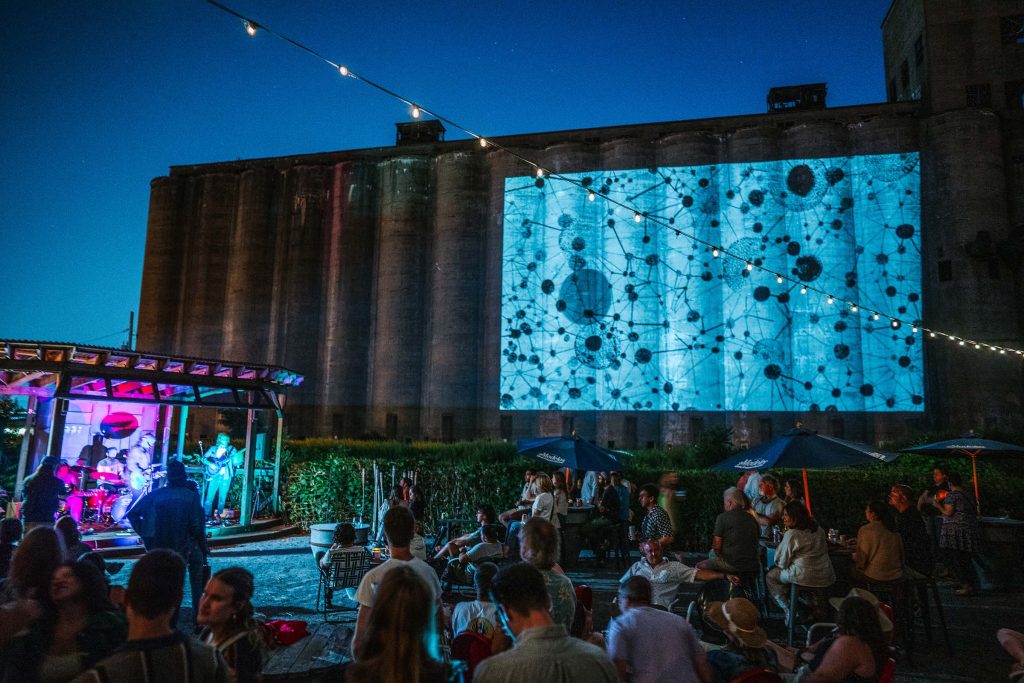
Perched outside the back of the cantina space, the small, covered stage faces an open outdoor area — dotted with scattered aluminum lawn chairs, makeshift tables, and secondhand stools —that’s surrounded by the site’s unconventionally beautiful grounds, perfect for patrons to enjoy everything from local singer-songwriters to touring indie acts. There’s also a performance space set atop the main bar, a 150-capacity venue dubbed the Bin Floor that’s currently used for ticketed shows.
For musicians — from folk to jazz to the chamber performers who fill its regular “Mimosas and Minuets” slot — Duende’s an accommodating artistic haven that evokes a vibe derived from both its post-industrial surroundings and past stewards.
“The way Silo City is set up, it’s a backdrop like no other,” says Smith. “There’s probably more concrete here than any other place on the planet, but there’s also a sensitivity to the fact that the land was once the Buffalo Creek Indian reservation for the Senecas, so there’s a certain spirituality about the place.”
For visitors, there’s still an in-the-know gratification of patronizing the place, even five years after opening. Despite delighting soccer fans, summer drinkers, and multi-genre music fans for all this time, Duende still hasn’t gone mainstream. And for those who cherish the original off-the-beaten-path allure that drew them there in the first place, that’s just fine.
“You want to be able to keep the uniqueness of that feel while making sure that we still stay in business,” says Smith. “People respect the place in a way that they want to preserve what drew them here in the first place.”
At Duende and Silo City, places conceived and resurrected with a cooperative, community-focused ethos, collaboration is the rule. Togetherness is celebrated; and as a growing piece of the Queen City’s ever-expanding arts and music scene, Smith and Co. know this all-for-one mentality can yield big dividends.
“What we’ve tried to do as an arts campus is to include as many people as possible,” says Smith. “If we go at this thing collaboratively, sky’s the limit.”

